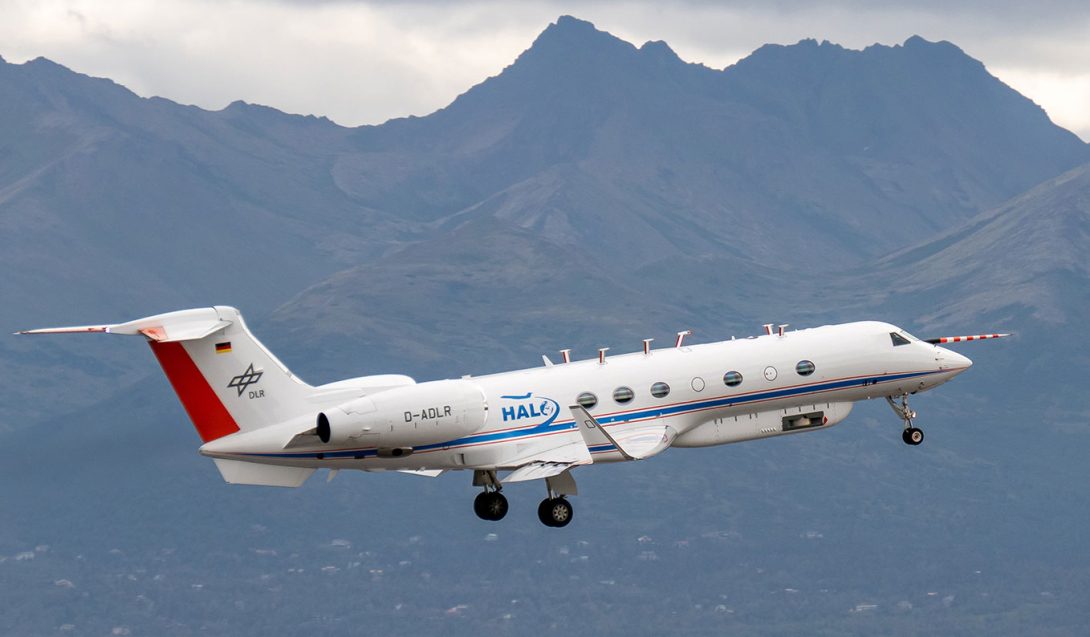The German research aircraft HALO has provided valuable contributions to research into the effects of the Asian Summer Monsoon and wildfires in Canada on climate. Between August and October 2023, HALO was involved in the PHILEAS mission. A team of researchers coordinated by Forschungszentrum Jülich and Johannes Gutenberg University Mainz (Germany) has been investigating the impacts of the Asian Summer Monsoon on global climate. Heating rates from ECMWF operational forecasts were used to help determine the best possible locations for the flight paths. The wealth of exceptional data collected will allow profound insights into how the Asian Summer Monsoon and so‑called pyroconvection transport airborne pollutants. With regard to the latter, large-scale fires of the type seen in Canada generate powerful convection currents and also pyrocumulonimbus or thunderstorm clouds.

Two campaign phases
The main objective of this PHILEAS campaign was to study the effects of the Asian Summer Monsoon on climate. Convective systems tend to predominate vertical transport in this massive weather system. They can convey highly contaminated air from the near-surface atmosphere in Southeast Asia to elevations of up to 15 kilometres in the atmosphere. From there, the polluted air spreads to the west into the area above the Eastern Mediterranean and to the east over the Pacific.
During the first measurement phase from early to mid‑August, the researchers were able to analyse monsoon air containing a large proportion of the pollutants present over the Eastern Mediterranean, reaching locations above Israel and Jordan. In the second campaign phase involving flights from Anchorage in Alaska, the transport of contaminated air over the Pacific, Alaska, and Canada was investigated. This was the first time that scientists could study in detail an extensive quantity of polluted monsoon air at higher latitudes, in this case as high as the lower stratosphere. For example, on successive days the same air masses could be monitored and analysed. In Anchorage, there also was an opportunity to assess the impact of wildfires in Canada. These were particularly severe in the Northwest Territories around Yellowknife. Measurements were taken near the fire sources, with pyroconvection currents taking the products of combustion up as far as the stratosphere.
ECMWF’s contribution
In order to achieve most successful research flights, a sophisticated planning procedure is necessary, as it is not trivial to determine the best possible locations for a flight path. For that, the Chemical Lagrangian Model of the Stratosphere (CLaMS) of Forschungszentrum Jülich among others was used in forecast mode, employing ECMWF operational forecasts. For precisely modelling the vertical velocities in CLaMS, the heating rates (via the ttpha variable, which is the temperature tendency due to model physics) from ECMWF operational forecasts were needed. They had thankfully been recently made available. The flight planning figure demonstrates the locations of air masses originating from the Asian Monsoon anticyclone, simulated using artificial model tracers that mark the airmass origin.
Initial results of the analysis of the data should be available soon, but a detailed analysis of the wealth of data will take much longer as it will require considerable time to determine the effects on climate using complex associated modelling.


